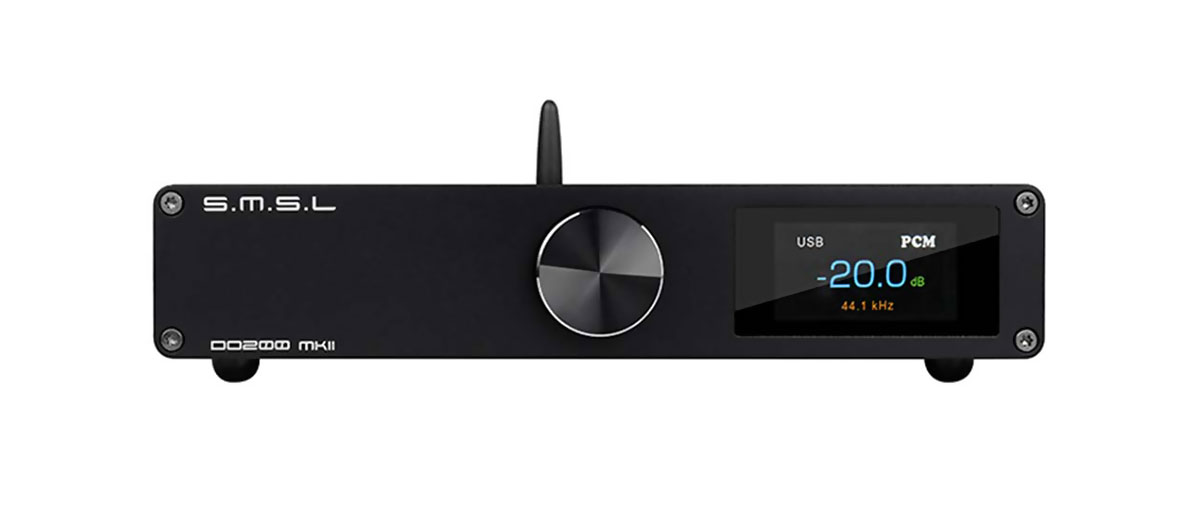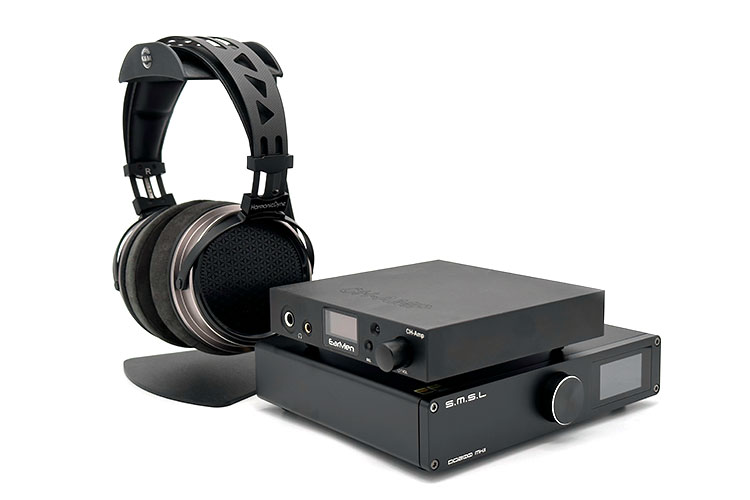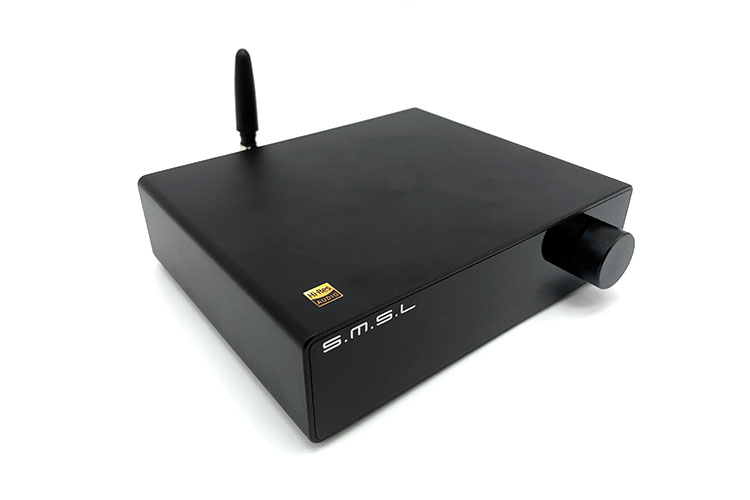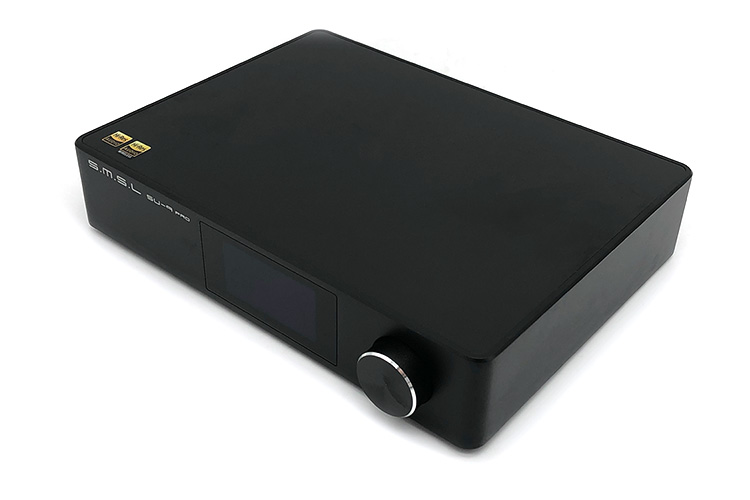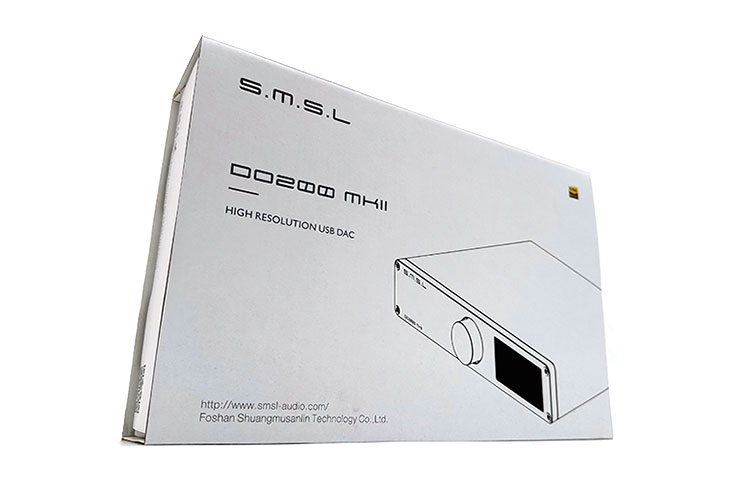Synergy
I fed the DO200 MKII to both my Burson Conductor 3 Reference and the EarMen CH-Amp to be able to get a real score of what it brings to the table. Being a relatively competitive DAC, the performance of the DO200 MKII did not feel too left out but for the experienced listeners out there, it’s immediately obvious it is the weakest link.
However, a case for the DO200 MKII is in its pleasant tuning which I’ve been mentioning. The CH-Amp especially enjoyed a smoother timbre which by default has vocals that can get anemic on certain tracks.
At the end of the chain, I used two vastly opposing tuned headphones. I’ve been enjoying the Audio-Technica ATH-ADX5000 for its revealing properties, while the Thieaudio Wraith is for more casual sessions.
Coming from the Wraith and jumping to the ATH-ADX5000 showed the latter has better clarity with stricter tonality. This demonstrates that the D200 MKII has the chops to tame even a $2,000 set of headphones without any major drawbacks.
I considered the Wraith for more casual sessions since it has a slight scoop in the midrange that lets me listen to the DO200 MKII longer. The additional thickness though in tuning is a mixed bag depending on the song sometimes placing a hit on accuracy.
Select Comparisons
SMSL DO100
Technical
Released in 2022, the much cheaper DO100 shouldn’t be criticized for inside are two fairly popular chips from ESS, the ES9038Q2M. The DO100 is designed in a dual DAC setup like the DO200 MKII differing only in chipsets where two ES9068AS can be found in the latter.
Another surprising aspect is that the THD+N and dynamic range of the two units are nearly identical. Measurements aside, the DO200 MKII already updated its XMOS USB module coming from the second-generation XU-216 of the DO100 to the latest gen.
Design
If the DO300 and DO200 MKII won’t be mistaken as siblings, the DO100 did take a slight turn. If there’s a correlation, it’s the curved edges around the aluminum chassis that the DO100 uses to its advantage by stretching a flush tempered glass panel across the face for a downplayed modern look.
The DO200 MKII has a slightly brusquer image as it confidently showcases four screws in front missing in the cohesive display of the DO100. Exposing more metal, the DO200 MKII instead brings in sophistication with the use of a much better volume knob and a full-color IPS screen.
Performance
While I was volume matching the two, one immediate thing I heard is the extra air and depth the DO200 MKII has over the DO100. Getting into more details, there’s a clear jump in resolution that users will appreciate when they splurge on the beefier DAC.
Not only will the subtleties in the low-end be easier to dissect, but there is also more substance to each tap while the DO100 remains simple and easy to forget. I don’t want to hurt the DO100 too much but even with simpler bass lines it sounded rounded and blurrier.
I sense a passing sense of similarity in the tonality of the two, especially with the same string passages I listened to with the DO200 MKII. Noticeably tighter and leaner, the higher-end DAC is still the one that gives a more pristine twang.
Vocals also sounded a bit more forward in the DO100. The difference between subtleties between the two though is not night and day.
In the review of the DO100, I did mention that it has a slight upwards tick in energy in the upper midrange. Compared to the DO200 MKII, the DO100 transitions better sans the thinner timbre of the other.
The size and energy of instruments are not very even in the DO100 with the bass meshing much more easily with its neighbors. This is not as much of a problem with the DO200 MKII, painting it as the more composed of the two.
SMSL SU-9 Pro
Technical
For 30 bucks more, the SU-9 Pro on paper is a more technically advanced and superior solution. Just like what I’m saying earlier, spec chasers will probably salivate over the current ES9039MPRO 8-channel flagship of ESS and other performance upgrades on the SU-9 Pro like the higher dynamic range and op-amp count to name a few.
When using it daily, more casual users won’t notice any difference since the DO200 MKII is just as user-friendly with playback controls. It also has a bigger chassis that not only asks for more attention but it fits behind a long list of IO.
Design
More expensive but physically lighter and more compact than the DO200 MKII, the SU-9 Pro also has a three-piece assembly that is marginally designed neater. One of the things I like across the SU line is their shared low-profile design that hides all the screws from view.
Both units have been installed with the latest display from SMSL so the user experience is pretty familiar. Accessing said display, users can use the volume knob of the SU-9 Pro which has the same likable design as the DO200 MKII made smaller.
Performance
An exciting head-to-head clash pitting two devices at pretty much the same price tag, this part is what I was looking forward to the most.
Taking time to check the pros and cons of each, the SU-9 Pro threw the opening punch as it unwrapped a synth beat with a deeper and slightly larger presence. The SU-9 Pro also showed off the muscle of its newer chip with a more resolving delineation between notes.
Guitars on the SU-9 Pro are steelier while the DO200 MKII has a slightly gentler impression. It is to be noted that it is not easily noticeable but the SU-9 Pro is giving me more spatial cues when listening to a piano ballad.
The DO200 MKII isn’t stunned just yet as it remained composed focusing where it counts. Its wallop is exceptionally performed to be a nice accompaniment to the vocal region.
Unexpectedly, what impressed me the most is with violins since both returned exceptionally different results and the question left to the listener to answer. Here, the SU-9 Pro sounded passionate and emotional while the DO200 MKII went rawer in its expression yet gracefully not too dry.
Finally, with soundstage, some quick differences as they are very few and very hard to detect.
The SU-9 Pro on occasion had an easier time retaining far notes and has a broader profile with bass presence for a more engaging feel. While with a clapping audience, the DO200 MKII beat the SU-9 Pro in accomplishing a grander and more holographic scene.
SMSL SU-10
Technical
Another dual DAC chip setup from SMSL, the SU-10 proudly declares it is harnessing all sixteen channels of its dual ES9038PRO. But even if the DO200 MKII may be using a lower-end ES9068AS, it does even up since it has the same XMOS chip, playback compatibilities, and inputs.
One of the exciting reasons to upgrade to a SU-10 is its two beefy linear power supplies separating it from the pack. There are two power supplies not just to even out the number but to separate the flow of electricity between the digital and analog circuits.
Design
Elevating the SU-10 literally are feet with golden accents that separate it from the usual pro-looking black designs of SMSL. With a tight tolerance all around, the SU-10 feels higher end considering as well that it weighs a little less than 2kg.
With the same simple layout in front only trading the places of the volume and screen, the SU-10 is just as simple to operate. The only obvious upgrade here is the slightly slicker turning volume wheel designed without the silver chamfer of the DO200 MKII.
On the business side of things, the bigger real estate does give allowance for the inputs and outputs to breathe. While the DO200 MKII doesn’t look crowded, once the IO gets used up, the extra room available on the SU-10 is more than welcome.
Performance
The DO200 MKII sounds duller when comparing the thump and reverberation of the two. There is less sub-bass extension, and the mid-bass is exchanging some weightiness for clarity and resolution.
Listening to stringed instruments on both is elegantly sounding and crisp. The SU-10 only adds that extra layer of emphasis on each note protecting each pluck to be distinctly precise.
It comes as no surprise that the dynamics of the DO200 MKII felt lacking when playing a busy rock song. The SU-10 returned top-notch precision in retrieving subtle variances in instrument vigor complemented by a much better resolution.
The SU-10 unlike the SU-9 Pro easily sounded more spacious than the DO200 MKII. I am also pleased with the less rigid placement of the SU-10 even with its tighter and cleaner resolution that would suggest otherwise.
Our Verdict
The DO200 MKII is a great example of a device built with a lot of self-confidence. SMSL probably believe they’ve built the original DO200 too advanced for its time and messing up with its internals for its second generation would be a waste.
I partially agree because the DO200 MKII is very high achieving for its price. My reservations though are there since let’s not forget that SMSL themselves and other manufacturers have increasingly populated this space and to be left behind in the battle could cost an arm and a leg.
At least, we get an updated screen and USB module so it can somehow be identified with other newer releases from SMSL. Plus, those considering getting one will get access to a very convenient list of inputs at the back.
SMSL DO200 MKII Technical Specifications
- DAC: 2 x ES9068AS
- THD+N: 0.00008%
- Dynamic Range: 129dB (XLR); 125dB (RCA)
- Input: USB / Optical / Coaxial / Bluetooth / I2S / AES/EBU
- Output: RCA / XLR
- Playback: 32bit/768kHz PCM; DSD 512
- Bluetooth: BT5.0
- Power Consumption: 5W
- Weight: 1.2kg

